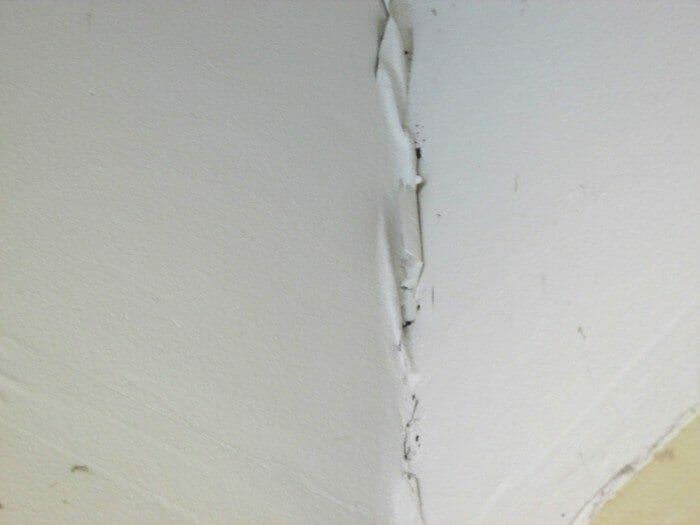

- #Bubbles in drywall tape cracked#
- #Bubbles in drywall tape crack#
- #Bubbles in drywall tape windows#
If so, some of these issues may need to be addressed to help keep the drywall cracks from coming back. The above items can be an indication that a structural issues may exist, depending on the location and severity.

Look for sagging ceilings and bowed walls.
#Bubbles in drywall tape cracked#
If there is a basement, check for cracked or bowing walls.Cracks in the siding or stucco (a few small cracks are common).Cracks in the foundation or is it bowed or leaning.If concerned, do a quick structural check of the homeįirst, step outside the home and walk around the exterior to check for: Whether or not these cracks are serious is dependent on the particular circumstances. It is important to note that while these cracks should be looked at more closely, these types of cracks may not be serious. Wide cracks or cracks that run at an angel or diagonally may be a “Red” flag. Some cracks may be a “red” flag under a few circumstances.
#Bubbles in drywall tape crack#
With fewer coatings over the joints, the more likely a crack will develop. This often happens because the home builder knew that they were going to texture the ceiling, so they had the drywall contractor put on less coats of drywall mud over the joints since it would save money and would be covered with a textured material.
Removal of “ Popcorn,” textured or “cottage cheese” looking ceiling material may leave a drywall taping job that tends to crack at the drywall joint. (Too much mud, too little mud, missing drywall tape, and drywall secured with internal stresses are some causes) Poor quality workmanship in taping the drywall joints. Truss uplift – can create cracks where interior walls meets ceilingĨ. Earthquakes – if the home is in an area that has trimmers or earthquakesħ. Expansion and contraction due to hot and cold weather (this can be common in vacation homes and homes that have been left vacant due to the fact that the internal temperature of the home has been allowed to get higher and lower depending on the outside temps)Ħ. Expansive soils pushing up on the structureĥ. Wind loads from storms, creating stresses on walls and ceilingsģ. Wood framing drying out the wood cures or loses moisture as it ages, causing the lumber to twist or warp a little and even a little dimensional change occurs.ġ. However, there are many potential causes of stress some of the more common ones are: These joint areas are weaker than in the center, or field area of the drywall, therefore some cracks may occur at these joints.Īs previously mentioned, stress is usually the main reasons that cracks occur. This occurs because there is a joint, which gets drywall taped and then layered with two or three coats of drywall mud. Homes with vaulted ceilings may develop these cracks in the higher areas as well.Īdditionally, drywall cracks are often found where two pieces of drywall are butted together. These cracks usually run either horizontal or vertical at the drywall seams. This is true of both exterior and interior doors and openings.Īnother common place to see these cracks is where two pieces of drywall come together. #Bubbles in drywall tape windows#
The most common areas are the corners of doors and windows as well as the corners of wall openings. These cracks are most commonly seen in areas where the structure develops more stress than other areas. The majority of the time they are considered cosmetic and can be covered over when repainting is done. Contractors may call them hairline cracks, meaning that they are very thin looking. They occur over time when there is stress or even a little settlement of the home. Cracks in the drywall and plaster are a very common occurrence.






 0 kommentar(er)
0 kommentar(er)
